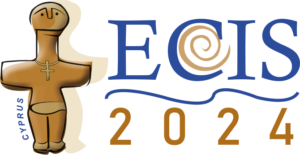Paper Number
1626
Paper Type
Complete Research Paper
Abstract
Designing a decentralized autonomous organization (DAO) is an intricate task and literature has called for more research on the design of DAOs. In this study, we develop a DAO design framework that can be used in practice to set up a DAO. For this, we conduct an Action Design Research (ADR) study with a company that offers consulting for DAO design. We develop the framework within the ADR team based on DAO literature and organizational theory and evaluate it with domain experts and potential users. The proposed design framework identifies three constituent elements (purpose, legislation, business case) influencing the organizational design – and five structural elements (organizational bodies, decision-making, token, treasury, communication) that need to be actively designed when setting up a DAO. Thus, the paper contributes to understanding DAO designs and offers a design framework that can be used by practitioners.
Recommended Citation
Lustenberger, Michael; Spychiger, Florian; and Küng, Lukas, "Designing a Decentralized Autonomous Organization" (2024). ECIS 2024 Proceedings. 6.
https://aisel.aisnet.org/ecis2024/track16_fintech/track16_fintech/6
Designing a Decentralized Autonomous Organization
Designing a decentralized autonomous organization (DAO) is an intricate task and literature has called for more research on the design of DAOs. In this study, we develop a DAO design framework that can be used in practice to set up a DAO. For this, we conduct an Action Design Research (ADR) study with a company that offers consulting for DAO design. We develop the framework within the ADR team based on DAO literature and organizational theory and evaluate it with domain experts and potential users. The proposed design framework identifies three constituent elements (purpose, legislation, business case) influencing the organizational design – and five structural elements (organizational bodies, decision-making, token, treasury, communication) that need to be actively designed when setting up a DAO. Thus, the paper contributes to understanding DAO designs and offers a design framework that can be used by practitioners.
When commenting on articles, please be friendly, welcoming, respectful and abide by the AIS eLibrary Discussion Thread Code of Conduct posted here.


